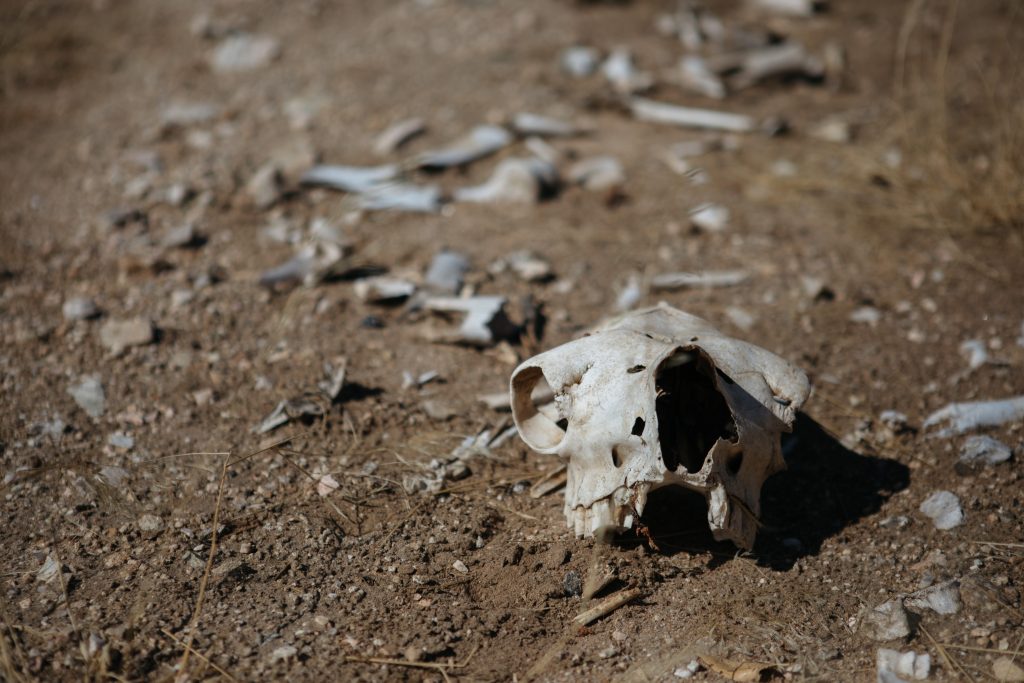Drought and famine threaten the lives of 60 million people in East Africa
Somalia, the northern parts of Kenya and southern Ethiopia are the areas worst affected by a drought that has caused a prolonged hunger crisis.
AN EXTENDED drought has led to a major humanitarian crisis in East Africa, particularly in parts of Somalia, southern Ethiopia and northern Kenya. Meanwhile South Sudan, which has been suffering from a bad drought for a long time, is flooded.
Since autumn 2020, seasonal rainfall in the Horn of Africa has been delayed three times. The underlaying causes are climate change and the La Niña event which cools down seawater in the Pacific Ocean. The current drought is expected to continue well into spring 2022.
Children are at particular risk
In November, the World Food Programme (WFP) warned that famine would threaten nearly 60 million people in East Africa. Save the Children said in early December that this year hunger had caused the deaths of an estimated 260,000 children under the age of five in East Africa. Without emergency humanitarian assistance, this figure is expected to increase.
This December, more than 1.7 million children under the age of five suffered from acute malnutrition and 213,000 children in the same age group suffered from severe malnutrition in Kenya and Somalia alone.
Drought endangers livelihoods in areas that are already vulnerable, and children’s schooling may be interrupted due to illness and poor nutrition.

Hunger weakens the immune system
Risto Härmä, Head of Humanitarian Assistance for the Middle East and East Africa at Finn Church Aid (FCA), says that as prolonged starvation weakens the immune system, people are exposed to various infectious diseases. For young children, ordinary diarrhoea becomes deadly when their body is already exhausted and proper treatment is not available.
“Drought-affected areas are very remote and the journey to the clinic can be very long, if not impossible,” says Härmä.
Treatment at a medical clinic is needed for people whose bodies are no longer able to consume ordinary food after prolonged malnutrition, even when it is available.
Hunger threatens Somalia again
Somalia suffered a bad famine in 2011 when more than a quarter of a million people died of starvation, half of them young children. There are fears that a similar disaster is about to happen again.
“Here in Somalia, more than 80 per cent of the country has been exposed to either a very severe or moderate drought,” says Ikali Karvinen, Director of FCA’s Country Office in Somalia.
Drought has the most perilous consequences on those living in rural and remote areas, where people earn their livelihood from farming and raising livestock. When animals run out of grazing lands and water, people also face an increased risk of famine.
“One fifth of the population lives in areas suffering from severe water shortages. It is estimated that by the end of 2021, the food security of 3.5 million people may be threatened,” says Karvinen.
State of emergency declared in parts of Somalia
A state of emergency has been declared in some Somali states due to the drought. The crisis has caused a sharp rise in prices, undermining the purchasing power of Somalis. An acute shortage of cash has forced some people in need of money to make quick decisions, such as selling their livestock.
“This is going to be a prolonged crisis. At the moment, it doesn’t look good,” says Karvinen.
Finn Church Aid receives funding from the European Commission’s Directorate-General for European Civil Protection and Humanitarian Aid Operations (DG ECHO) for an education and training project that aims to keep children in school in the face of a complex crisis. The humanitarian disaster in Somalia has been exacerbated by the Covid-19 pandemic, the protracted terrorist threat and the Somali government’s poor ability to provide basic services to citizens.
By Elisa Rimaila
Translation: Päivi Creber